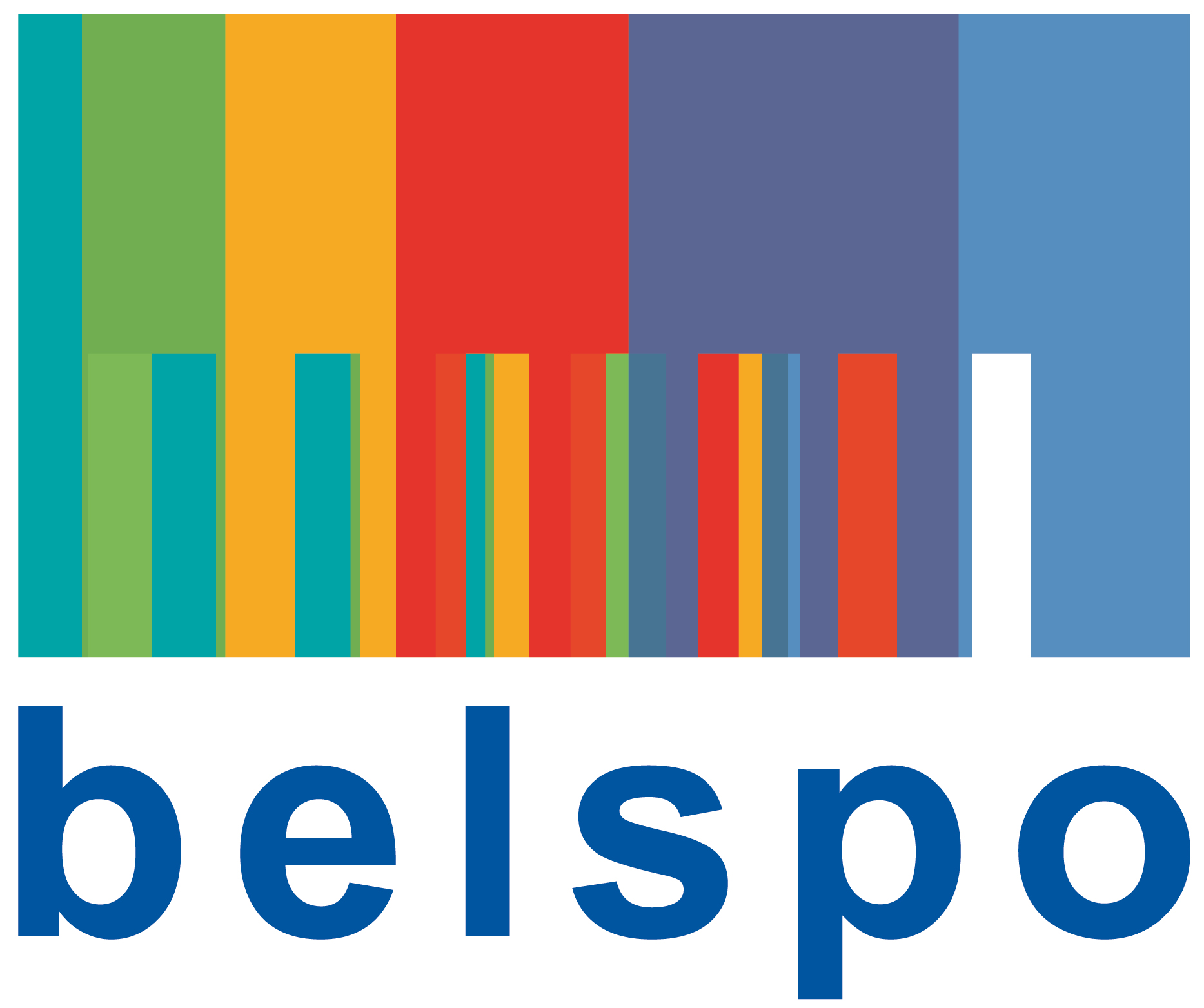What constitutes socially acceptable pharmaceutical prices? To what extent are these prices driven by research and development (R&D) costs? Where is public investment in pharmaceutical R&D most needed to resolve the system's potential failure to address unmet societal needs? How do incentives affect investment decisions? How can socially responsible licensing be shaped? These and other questions are central to societal debates about innovative pharmaceutical drugs. To enable well-informed debates, a better understanding of the financial ecosystem of pharmaceutical R&D and how it operates is crucial. This need has prompted the Dutch Ministry of Health to commission a descriptive study to provide an objective fact-base. This study's overarching conclusion is that a drug's expected financial return ultimately determines whether it is developed up to launch. Assessment of expected financial return incorporates multiple interconnected factors, including but not limited to commercial potential, investment cost, availability of capital, the potential for scientific and medical advancement, strategic fit and risk. The relative importance of these factors varies by investor and evolves as drugs move through the drug-development continuum. A drug's expected financial return is driven by its expected revenue potential. Therefore, global governments and (private) insurance companies' expected willingness to pay for new drugs considerably influences the supply of novel drugs and the distribution across therapeutic areas. Other important factors influencing the supply of novel drugs are the pace and nature of scientific advances, the ability of R&D systems to leverage data and digital technology advances to inform innovative clinical trial designs, and regulatory developments.
Link to the report: here.

